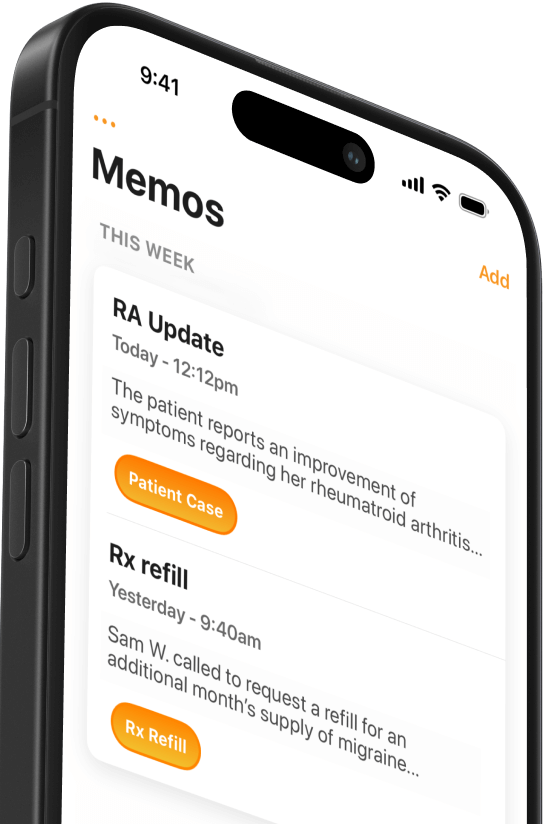In the hands of technology, eyes become a window to health
They say the eyes are a window to the soul, but new research shows they may reveal much more—including early signs of Alzheimer's.


Popular articles
They say the eyes are a window to the soul, but a new study finds that they may reveal much more than that.
Earlier this year we wrote about how Google is using retinal imaging and deep learning to automate screening for diabetic retinopathy. New researcher shows that retinal imaging may also be used to detect early signs of Alzheimer’s - opening the possibility for large-scale diagnosis and monitoring of the disease.
Led by researchers at Cedars-Sinai and NeuroVision Imaging LLC, the study provides a scientific basis for using noninvasive eye imaging to detect signs of Alzheimer’s. The experimental technology scans the retina to identify beta-amyloid protein deposits that mirror those in the brain. The study's breakthrough is that these protein deposits (which disrupt neuron function causing memory loss) could previously only be detected using invasive methods.
Dr. Maya Koronyo-Hamaoui is a research scientist at the Maxine Dunitz Neurosurgical Institute at Cedars-Sinai and the lead author on the study. As Dr. Koronyo-Hamaoui said in statement, “Findings from this study strongly suggest that retinal imaging can serve as a surrogate biomarker to investigate and monitor Alzheimer’s disease.”
While there is currently no cure for Alzheimer’s, early detection could improve the lives of roughly 5 million Americans living with the disease. Both drug and non-drug treatments can reduce the cognitive and behavioral symptoms of Alzheimer’s and early detection can help people plan ahead.
As the study’s lead author said, “We know that Alzheimer’s begins as many as 10 or 20 years before cognitive decline becomes evident, and we believe that potential treatments may be more effective if they can be started early in the process. Therefore, screening and early detection may be crucial to our efforts to turn the tide against the growing threat of this devastating disease.”
It's true that Alzheimer’s is growing. Death rates from the disease increased 55 percent from 1999 to 2014, and Alzheimer's is now the sixth leading cause of death in the United States.
The non-invasive screening method used in the study is still in an experimental phase, but it hints at a future where early detection of Alzheimer’s could become routine. As with Google’s application of imaging technology to screening for diabetic retinopathy, large-scale screening for Alzheimer’s could be achieved by retinal scans in the hands of learning algorithms.
While the study doesn’t make an explicit connection to automated screening or machine learning, their screening method is a step in that direction. As the researchers conclude, “With the imaging technology’s ability to detect autofluorescence signal related to retinal beta-amyloid, these findings may lead to a practical approach for large-scale identification of the at-risk population and monitoring of Alzheimer’s.”
Related Articles


We Get Doctors Home on Time.
Contact us
We proudly offer enterprise-ready solutions for large clinical practices and hospitals.
Whether you’re looking for a universal dictation platform or want to improve the documentation efficiency of your workforce, we’re here to help.





